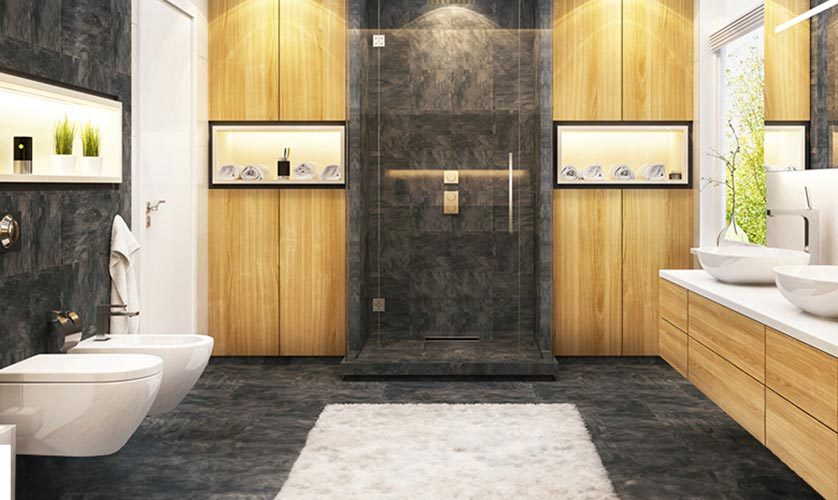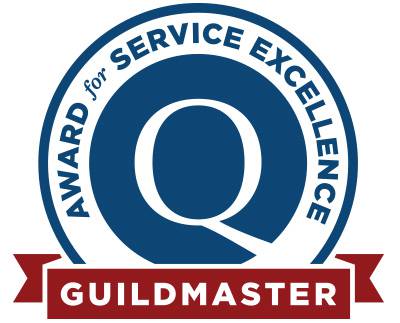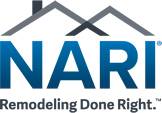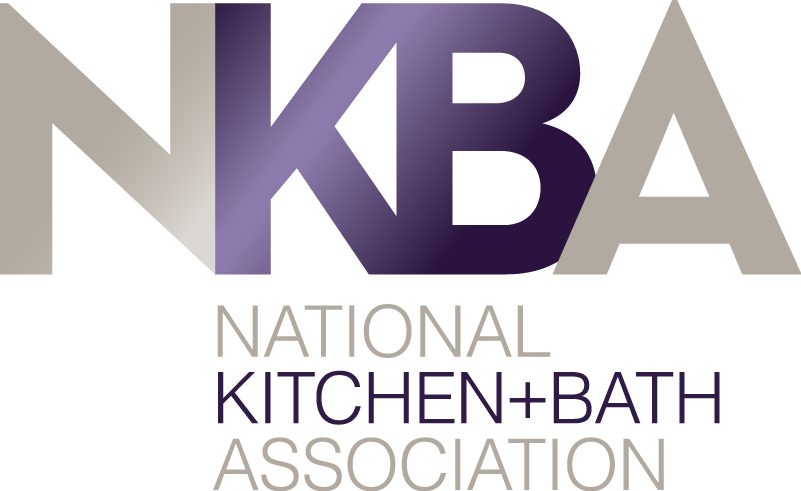
Creating an accessible and universal bathroom goes beyond mere functionality; it’s about crafting a sanctuary that suits individuals of all ages and abilities. Before you ask your contractor for a bathroom quote, let’s first discuss seven features that your bathroom must have to meet accessibility and universal design standards.
Essential Features of an Accessible Bathroom
1. Universal Design Principles
The core of universal design lies in making spaces usable to the widest range of people possible. A qualified contractor can seamlessly integrate these principles. From easy-to-use fixtures to sufficient maneuvering space, the aim is to accommodate a diverse spectrum of physical abilities.
2. Storage With Recessed Niches
Storage areas are vital in bathrooms yet often require stretching or bending. Recessed niches placed within arm’s reach can present a safe and stylish alternative to conventional shelves. By situating frequently used items at an accessible height, we minimize the risk of accidents and enhance the independent use of space.
3. Smart Technology
Technological advancements can greatly contribute to a bathroom’s accessibility. Touch-free faucets, smart toilets, and programmable lighting can be controlled remotely, aiding those with limited mobility. Additionally, installing humidity-sensing bath vents can prevent mold growth and structural damage, preserving the safety of the environment.
4. Wide and Safe Doorways
Broadening doorways to a minimum of 36 inches allows for better access, addressing the needs of those with mobility aids. A general contractor can undertake such modifications and also install outward-swinging doors or pocket doors to ensure safety and prevent obstructions during emergencies.
5. The Right Fixtures
Design choices around toilets, sinks and showers are critical. Consider a taller, comfort-height toilet and a floating vanity for people using wheelchairs or other mobility devices. Moreover, a curbless shower, devoid of tripping hazards, can be complemented by built-in benches for stability.
6. Adequate Lighting and Flooring
Proper lighting and slip-resistant flooring are fundamental when it comes to an accessible remodeling project. Place ambient and task lighting strategically to increase visibility and safety. Similarly, choosing materials with grip, like textured tiles or mosaic patterns, will reduce the risk of slips and falls.
7. Details and Accents
Finishing touches matter. A single-lever faucet facilitates easy operation while D-shaped cabinet pulls aid those with limited hand strength. Furthermore, incorporating grab bars in shower areas and around toilets guarantees added stability.
Let’s Start a Conversation!
At DreamMaker Bath & Kitchen of Greensboro, we’re committed to crafting accessible bathrooms that not only adhere to the highest safety standards but also exude a sense of sophistication. With our expert advice and top-notch remodeling services, your search for a general contractor near me can finally come to an end. Call us today at (336) 890-8005 or visit our contact page to schedule a consultation.




